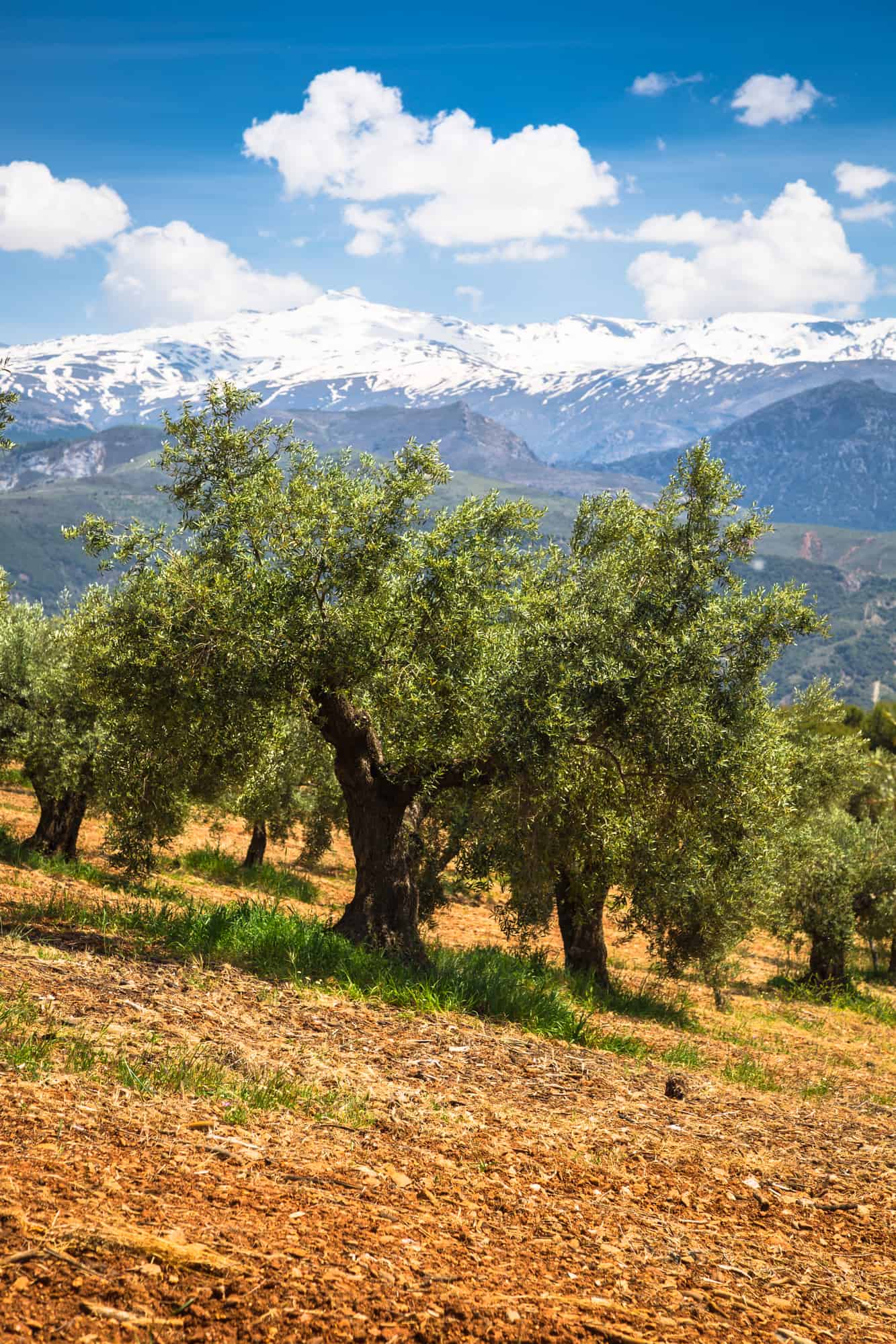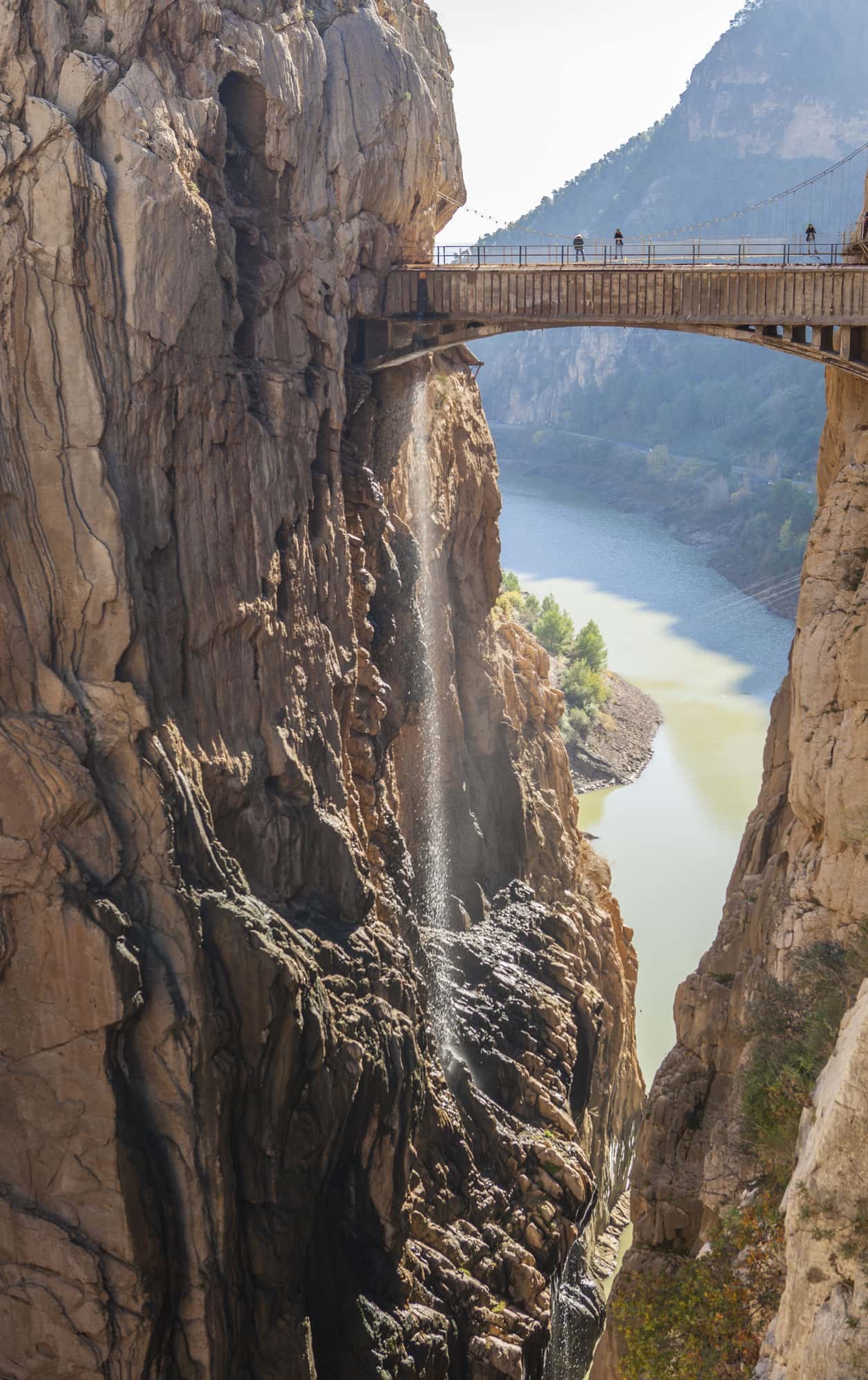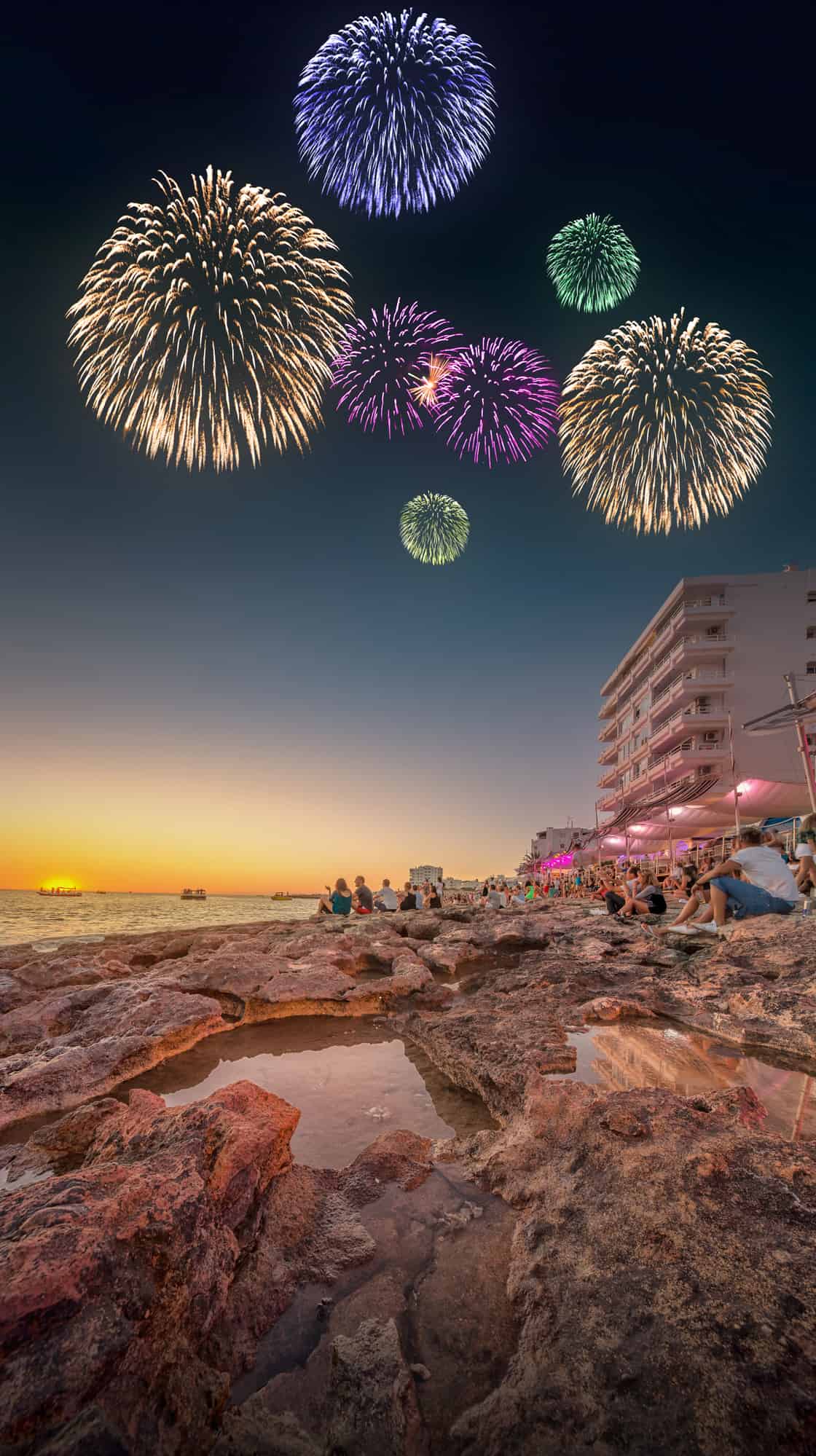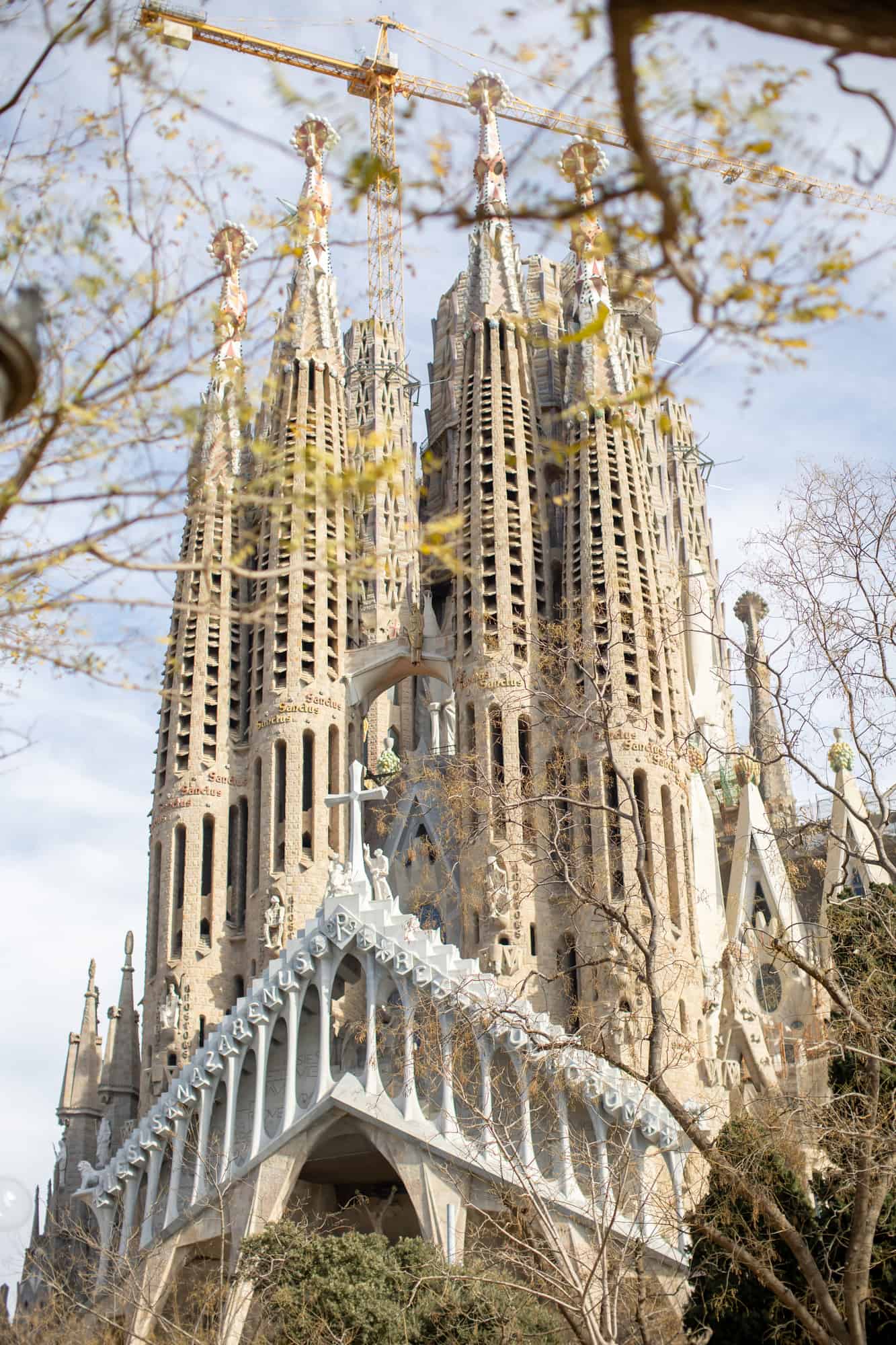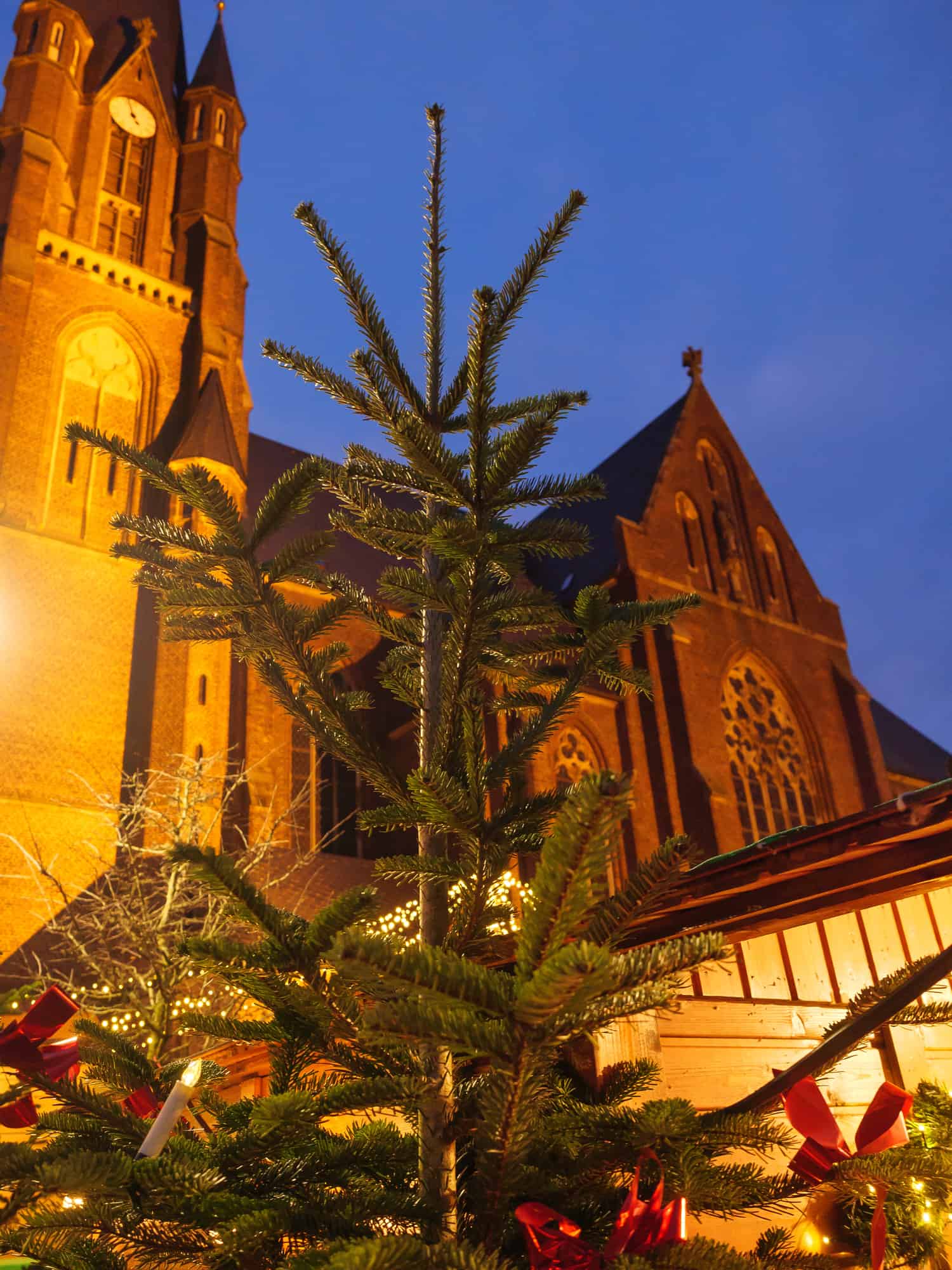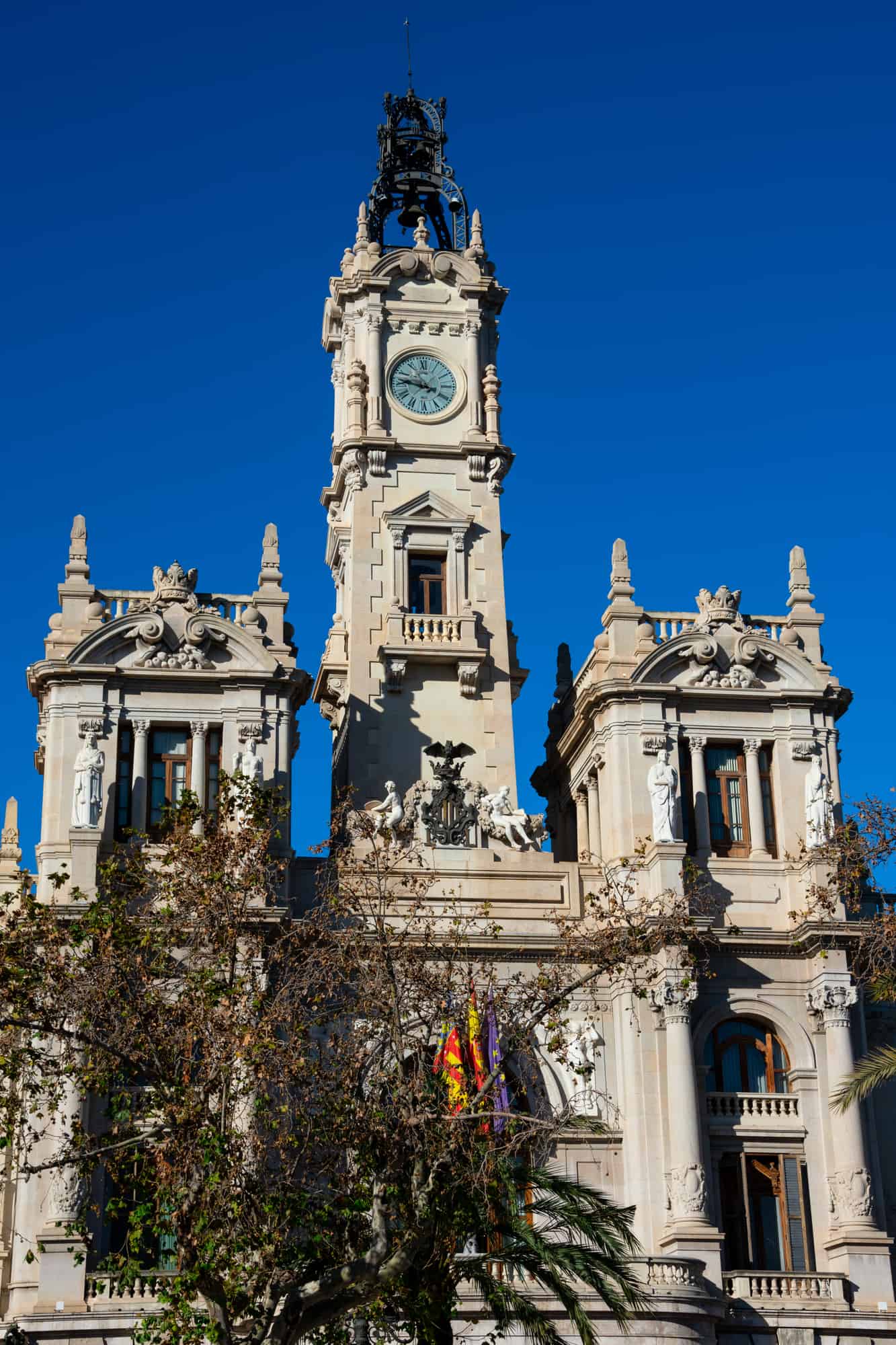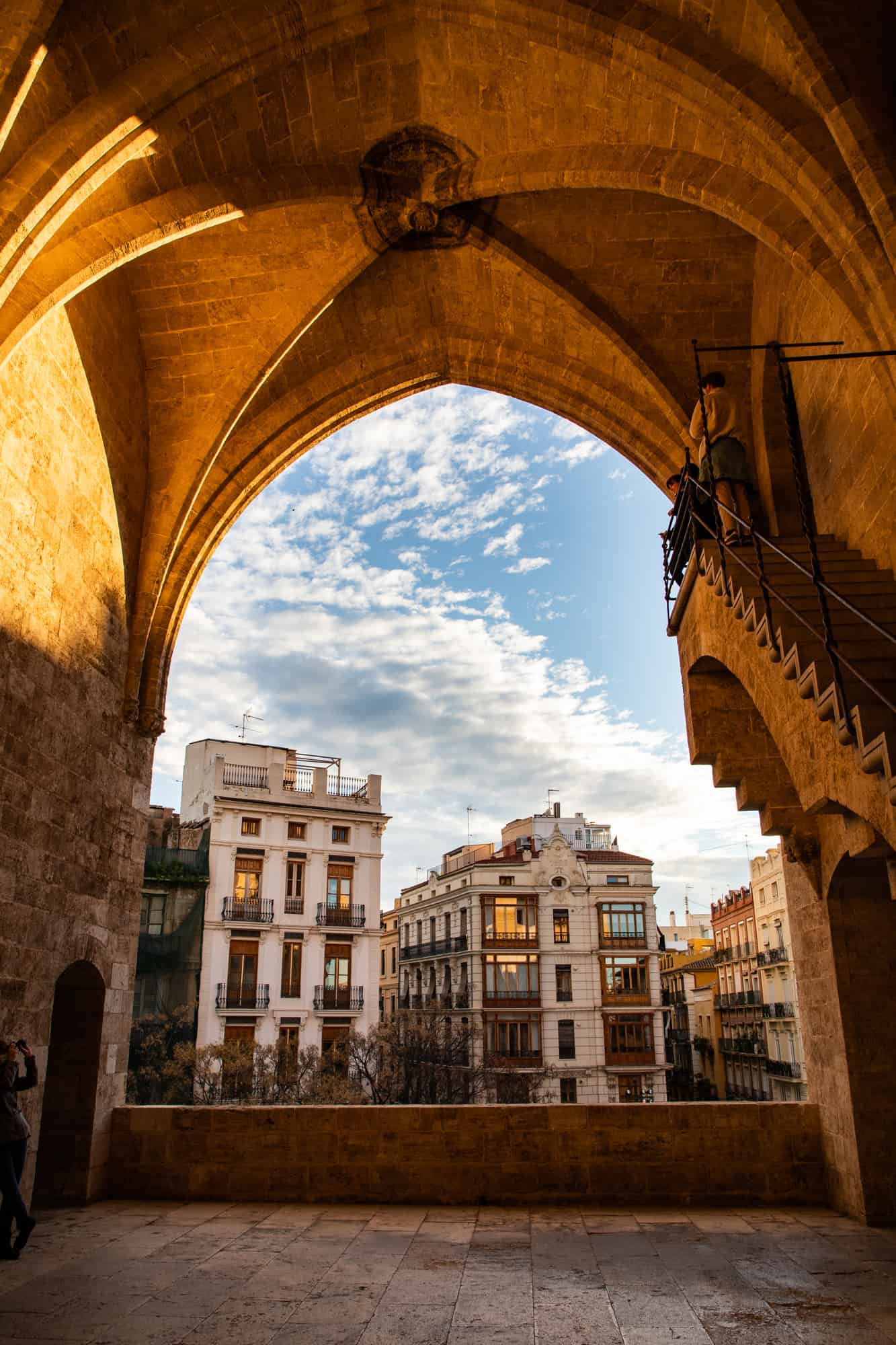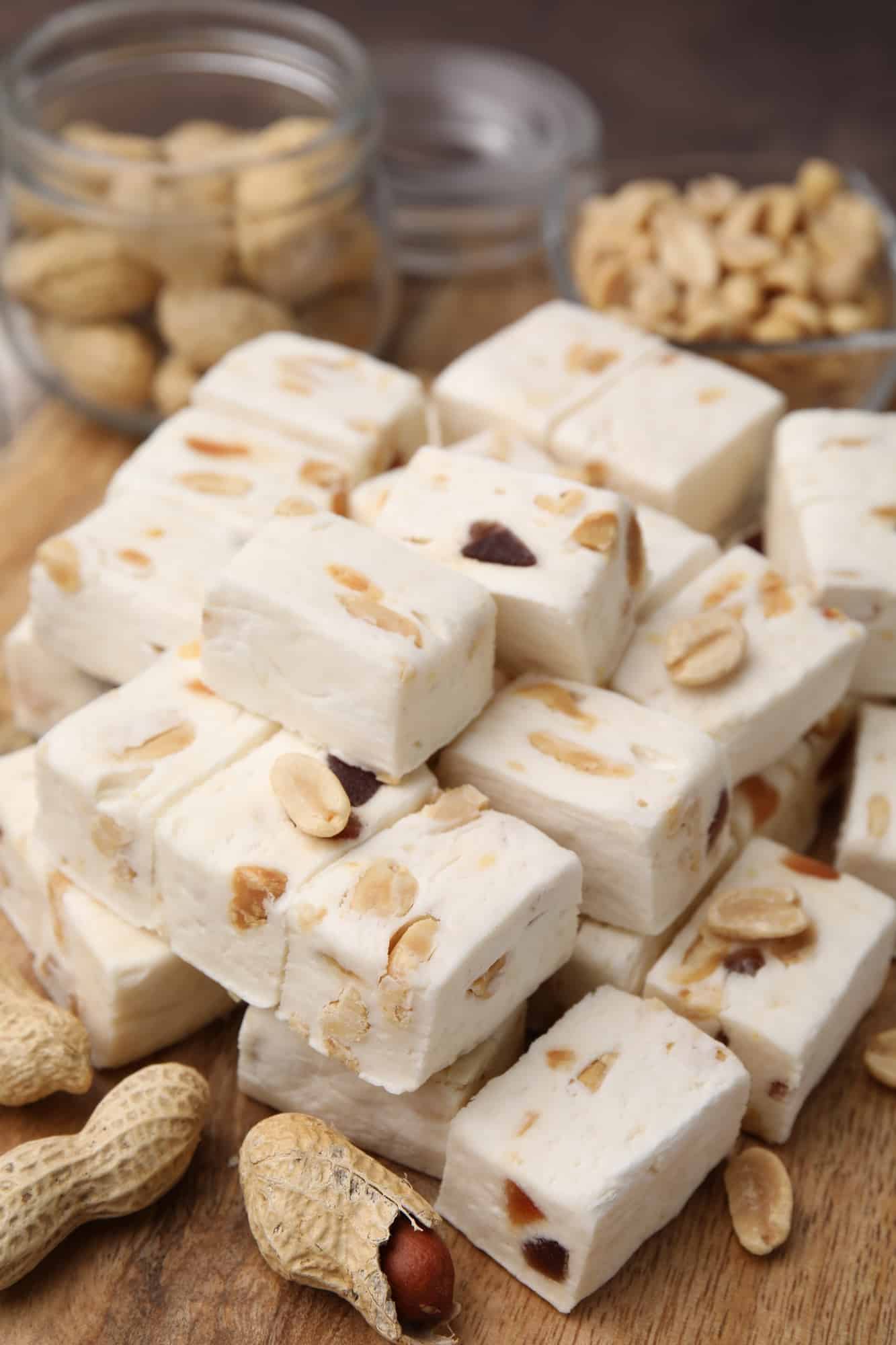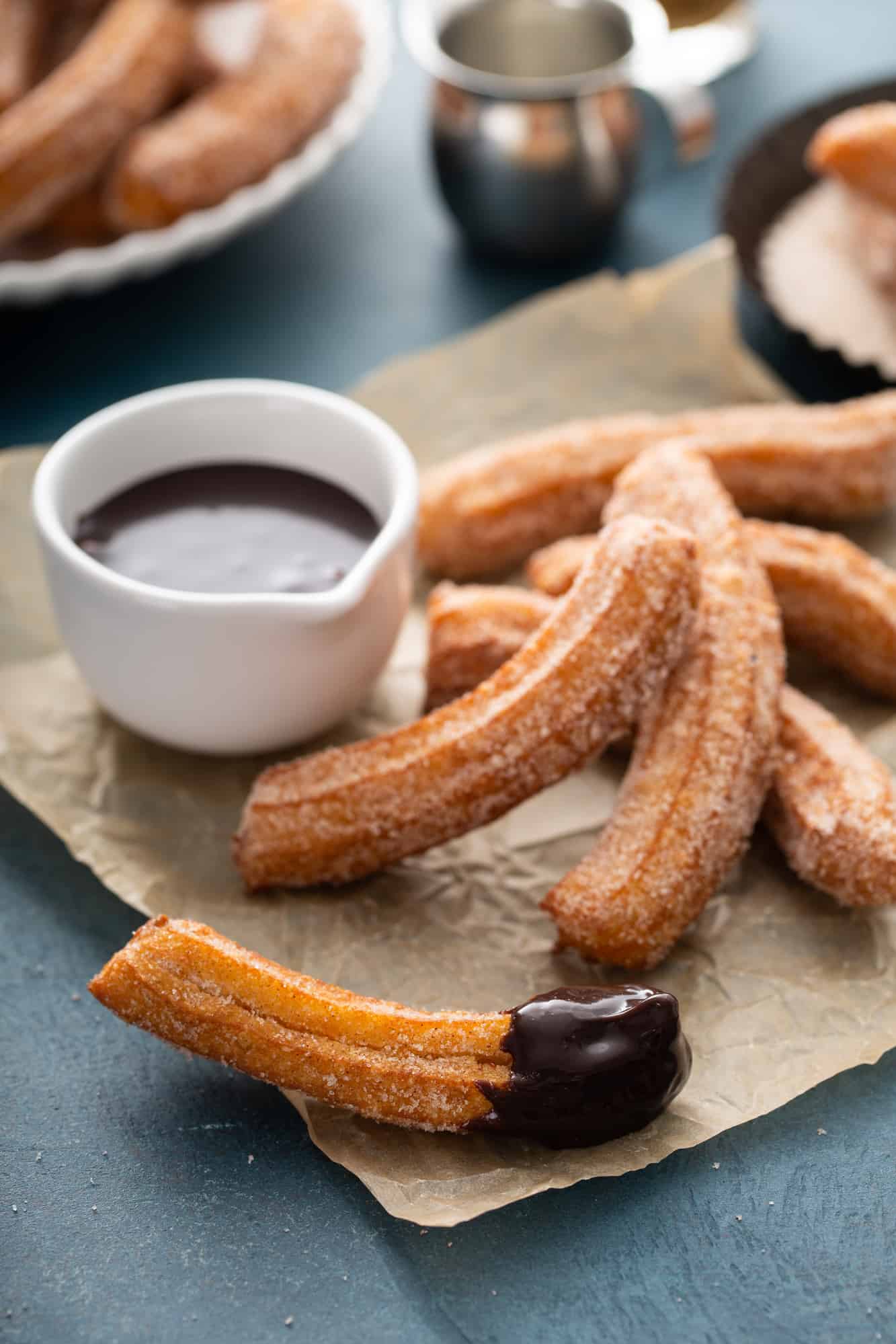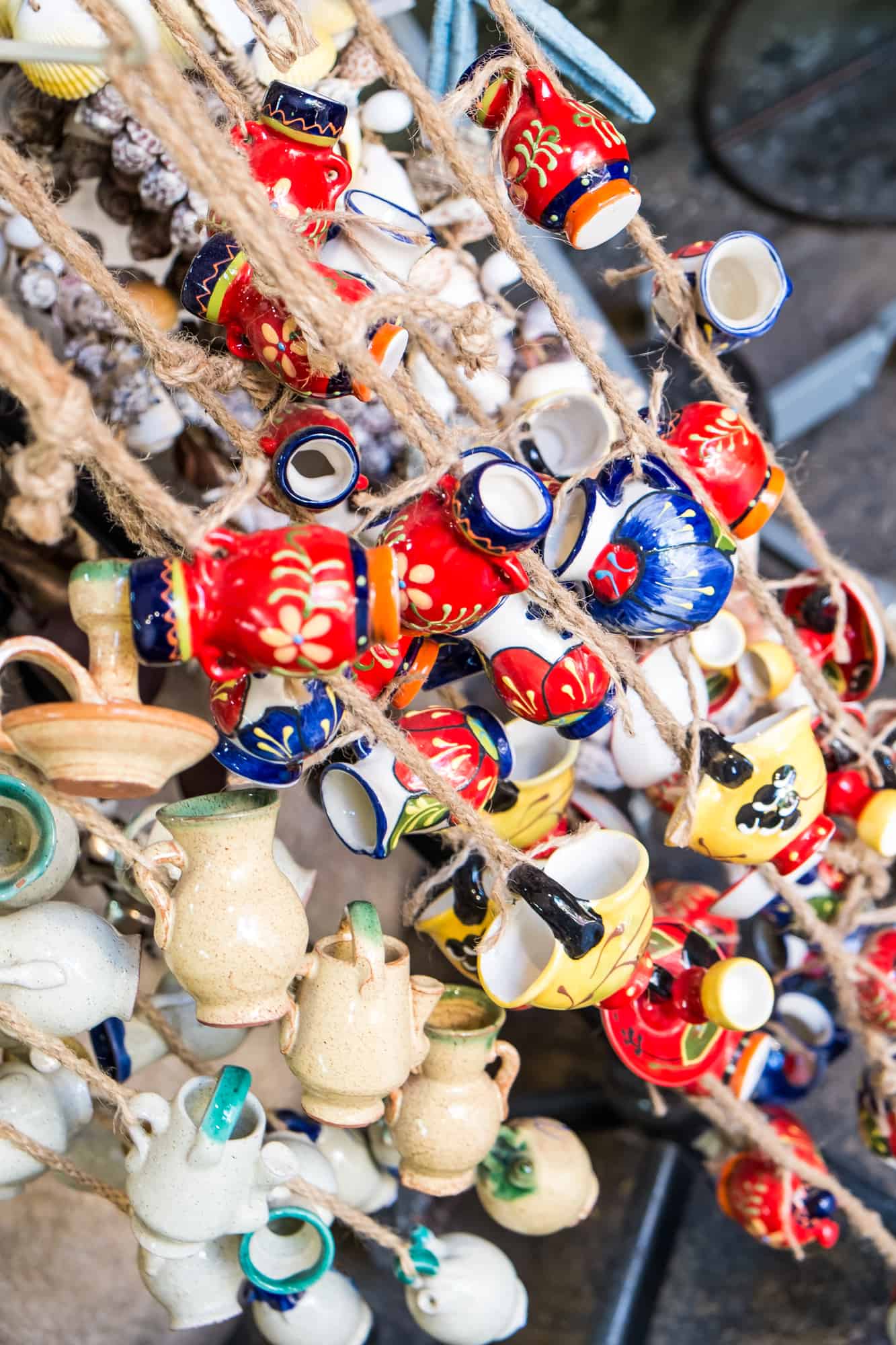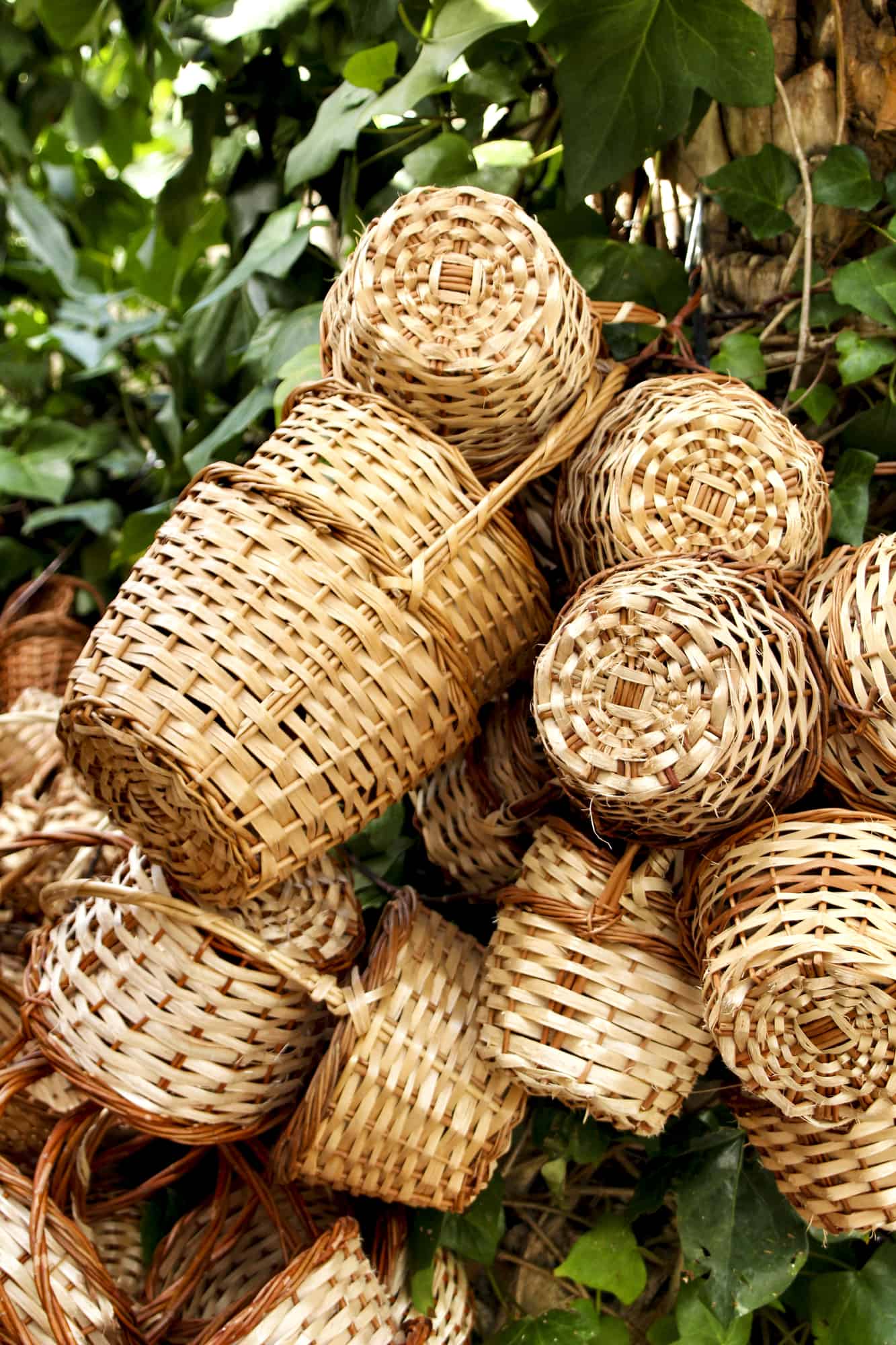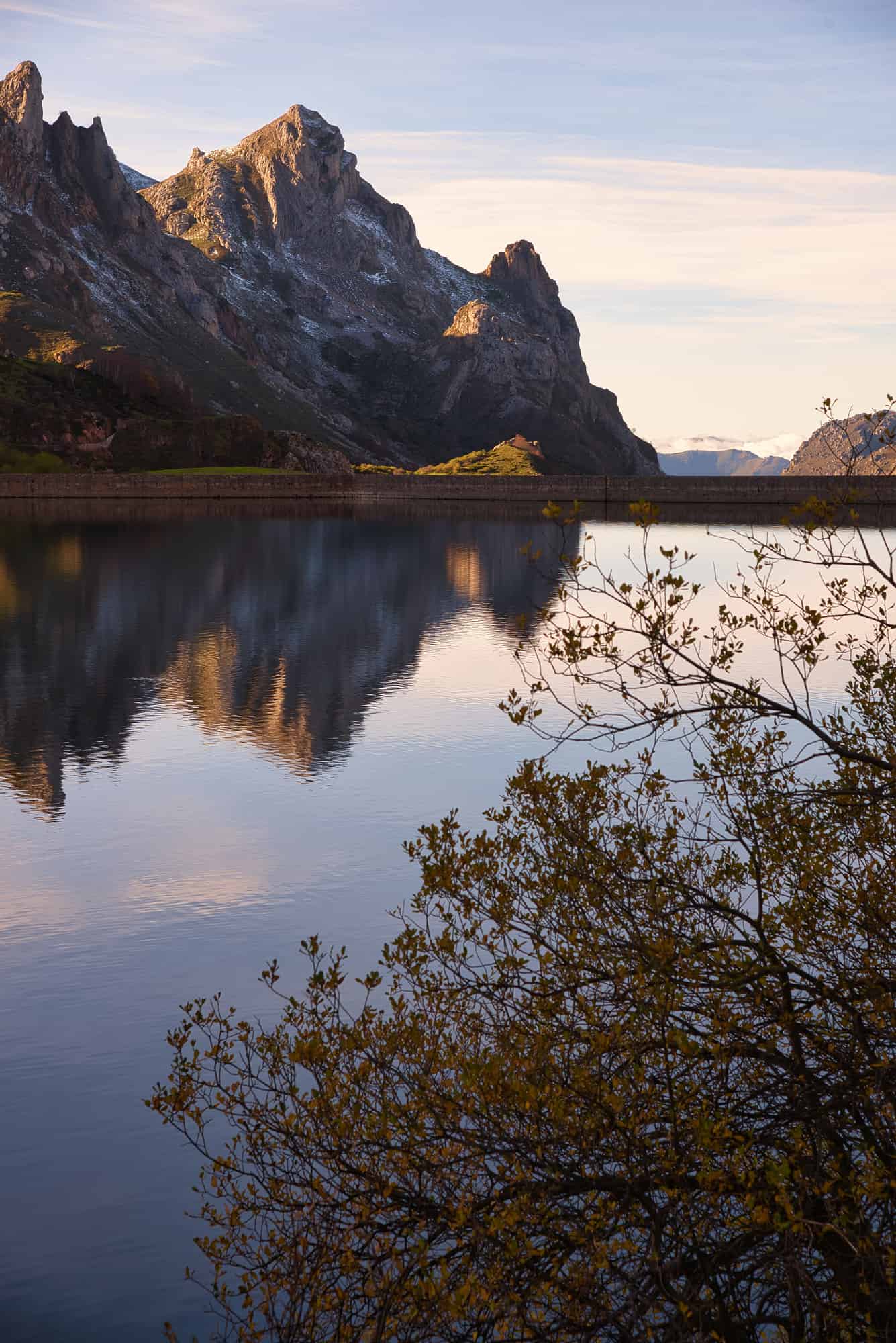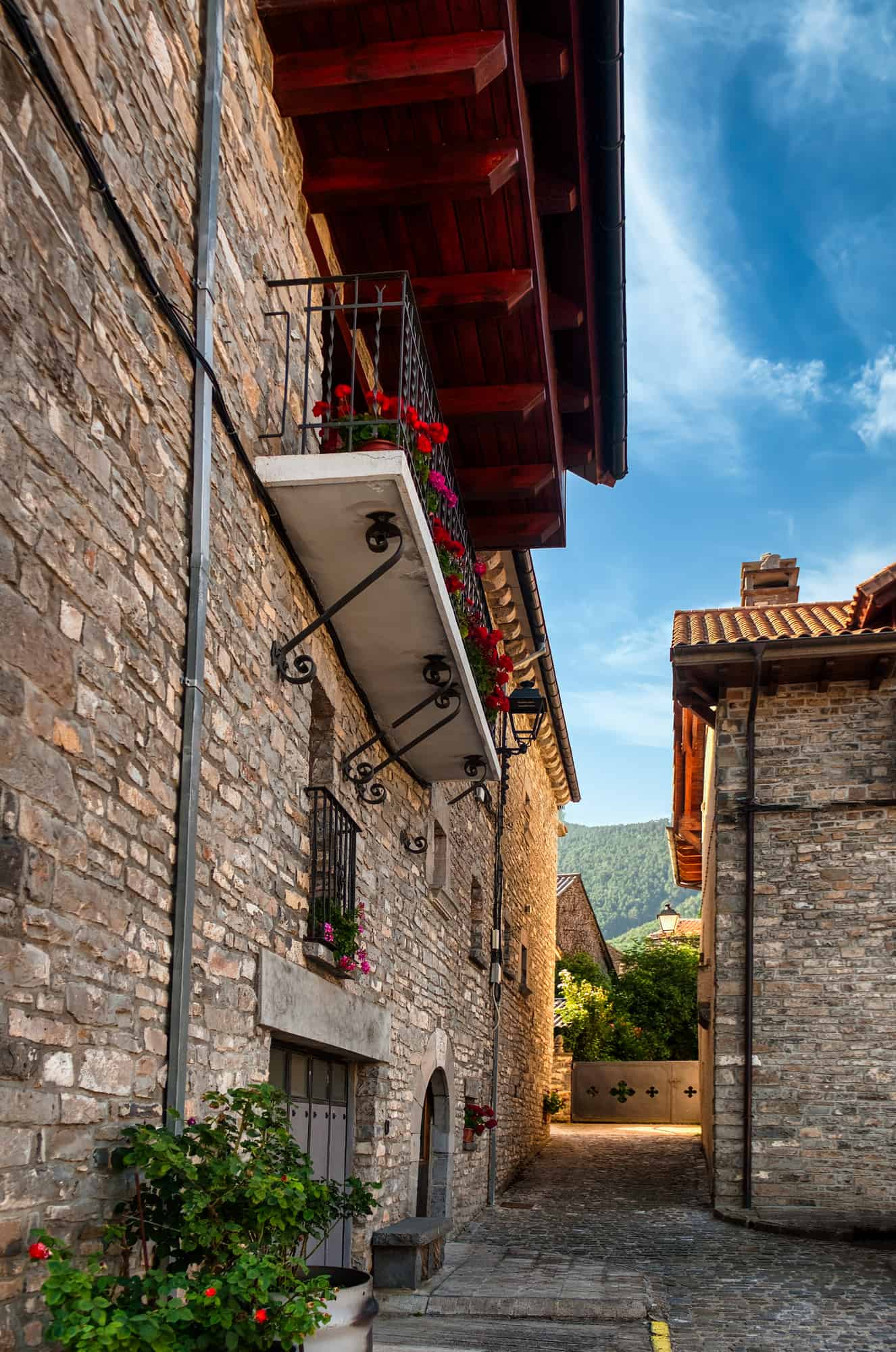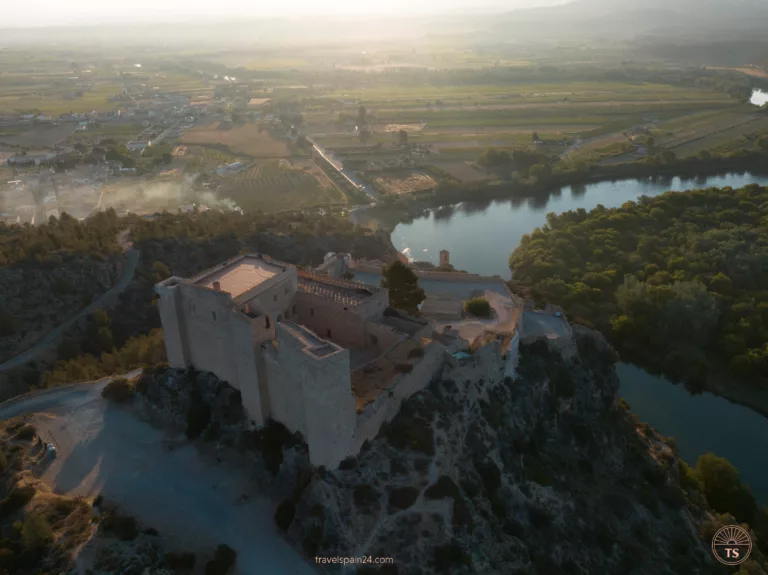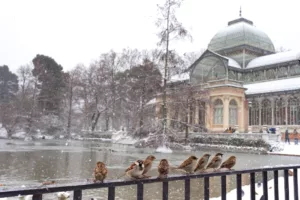Winter in Spain: From Mountains to City Festivals
Many people have the idea that Spanish weather is simply hot and cloudless days with warm nights. However, the climate in Spain is actually quite varied. The weather varies across the country and at different times of the year.
While the summer season tends to be bustling with tourists and crowds enjoying the baking hot days, Spain in winter can offer a more serene vacation experience. In winter, you can still enjoy pleasant days, but since it is low season, you can skip the crowds and enjoy insight into authentic Spain and all it has to offer.


Hi, we’re Timon & Filipa!
We travel across Spain and update TravelSpain24 with fresh content, practical tips, and personal stories from the road. Our goal is to help you experience Spain beyond the typical tourist trails.
Winter Weather Across Spain
Spain has a variety of diverse regions, each with its own weather patterns. While most of Spain enjoys warm, sunny weather in summer, these differences become apparent in winter.
If you’re interested in a sunny coast break, the southern areas of Spain should fit the bill. Think Malaga or Marbella. These coastal areas tend to remain mild, and you should still see plenty of sunshine. Of course, the days will be shorter, but you can still expect average temperatures of up to 63ºF (17°C). This makes the weather pleasant to walk around. In the evenings, the temperatures will drop to around 48ºF (9°C), which is ideal for warming up in a cozy bar or restaurant.
The Spanish countryside tends to be chillier in winter. In some areas, you may even see frost or snow during winter. If your idea of a dream vacation is to take long walks on crisp mornings or enjoy mild afternoons, consider national parks such as the Catalan Pyrenees, Las Medulas near Ponferrada, or even the vineyards of Lanzarote.
If you want to ski, snowboard, or participate in snowsports, you’ll need to consider visiting northern Spain. For most of the year, northern Spain is known as green Spain as it is lush and verdant. However, this area tends to have the coldest climate in winter in Spain. You’ll need to be prepared for cooler days and cold evenings where you’ll need to wrap up to enjoy a drink on a terrace to finish your day.
Traveling in Winter Spain
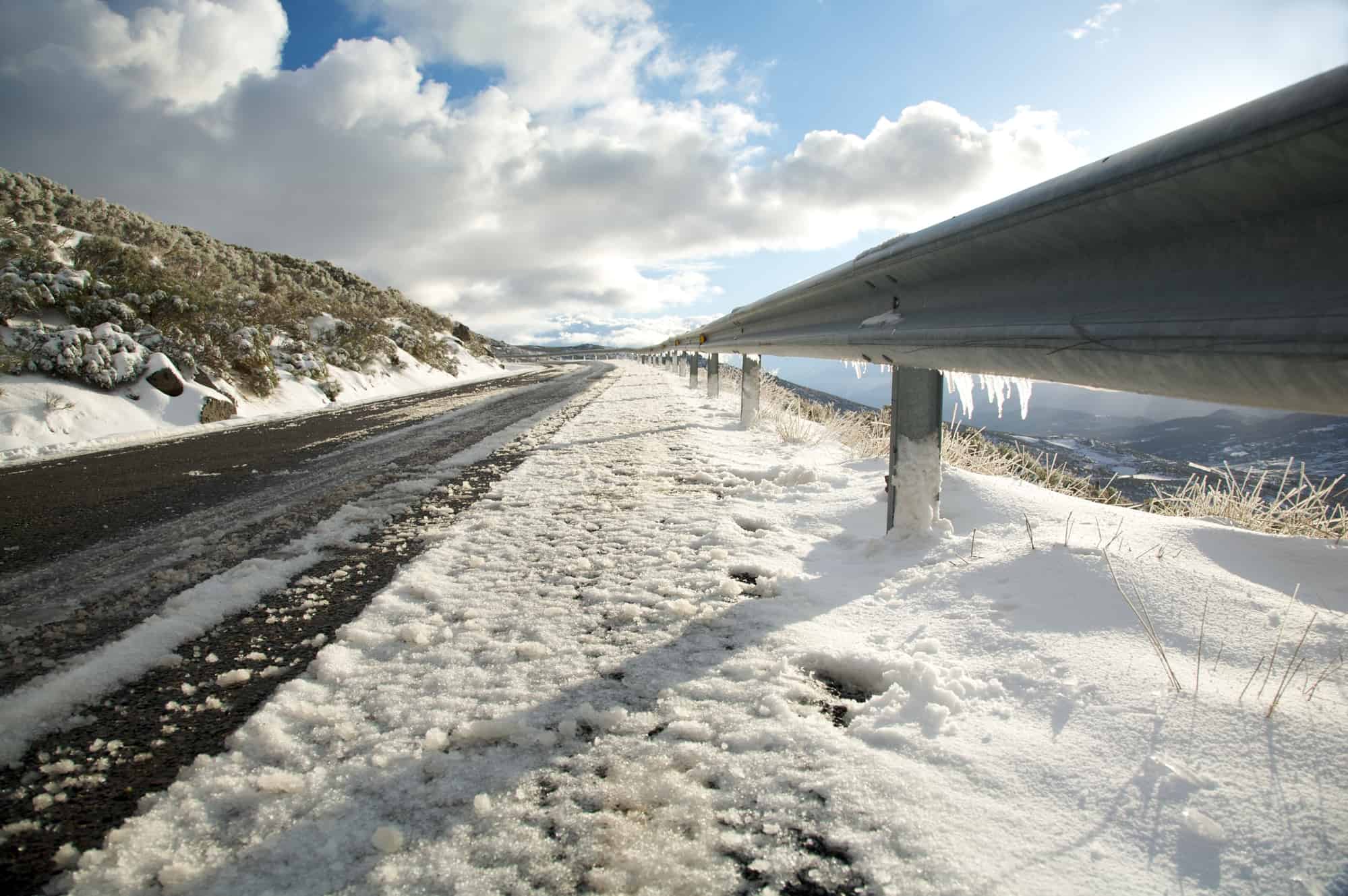
Some of the best airlines to travel to Spain will offer rental car deals, but it is important to note that Spain has a great public transportation system even in winter. If you’re planning on taking a city break, you should find that the local trains, buses, and metro systems negate the need for having a car.
While many cities may operate a winter timetable for their public transport systems, you should still find sufficient buses and trains to get you to all the tourist attractions in and around your destination city.
However, if you want to really explore Spain in winter, you may find you need a rental car. For example, if you want to head into the mountains for skiing, you’ll likely find that the local public transport is a little frustrating to get you to the resorts.
So, thinking about what you plan for your Spanish break is a good idea. After all, there is no point in leaving a rental car in a parking lot if all you plan to do is explore a city. On the other hand, if you want to get off the beaten track, you may find public transport insufficient.
While the road system in Spain is good, you may need to be prepared for fog, sleet, and even snow when you drive in winter. If you don’t feel comfortable driving in these conditions, you may prefer to stick to public transport.
Top Winter Activities in Spain
You don’t need to visit the coldest cities of Spain to enjoy the top winter activities. Spain, in winter, has plenty to offer visitors, whether you’re interested in sports, culture or cuisine.
Since winter is the low season, you should be able to avoid the crowds, even if you prefer to spend your vacations taking in the popular tourist attractions and sights. Some of the top winter activities you may enjoy include:
Festivals and Cultural Events
Winter is a fantastic season for festivals and cultural events. December is Christmas month, so there are Christmas markets, festivals, and decorations. You can immerse yourself in the Christmas spirit by exploring the streets and the lights.
If you’re spending January in Spain, there is the festival of the Three Kings. This is one of the main Christmas celebrations, and there are parades with the three kings throwing sweets to the crowds of children lining the streets.
There are also festivals and cultural events throughout February. For example, the Carnivals of Santa Cruz de Tenerife, where the streets are filled with fun, music, and fancy dress. There are also February carnivals in Badajoz, Las Palmas de Gran Canaria, Aguilas, Verin, and other cities.
Outdoor Adventures: Hiking and Skiing
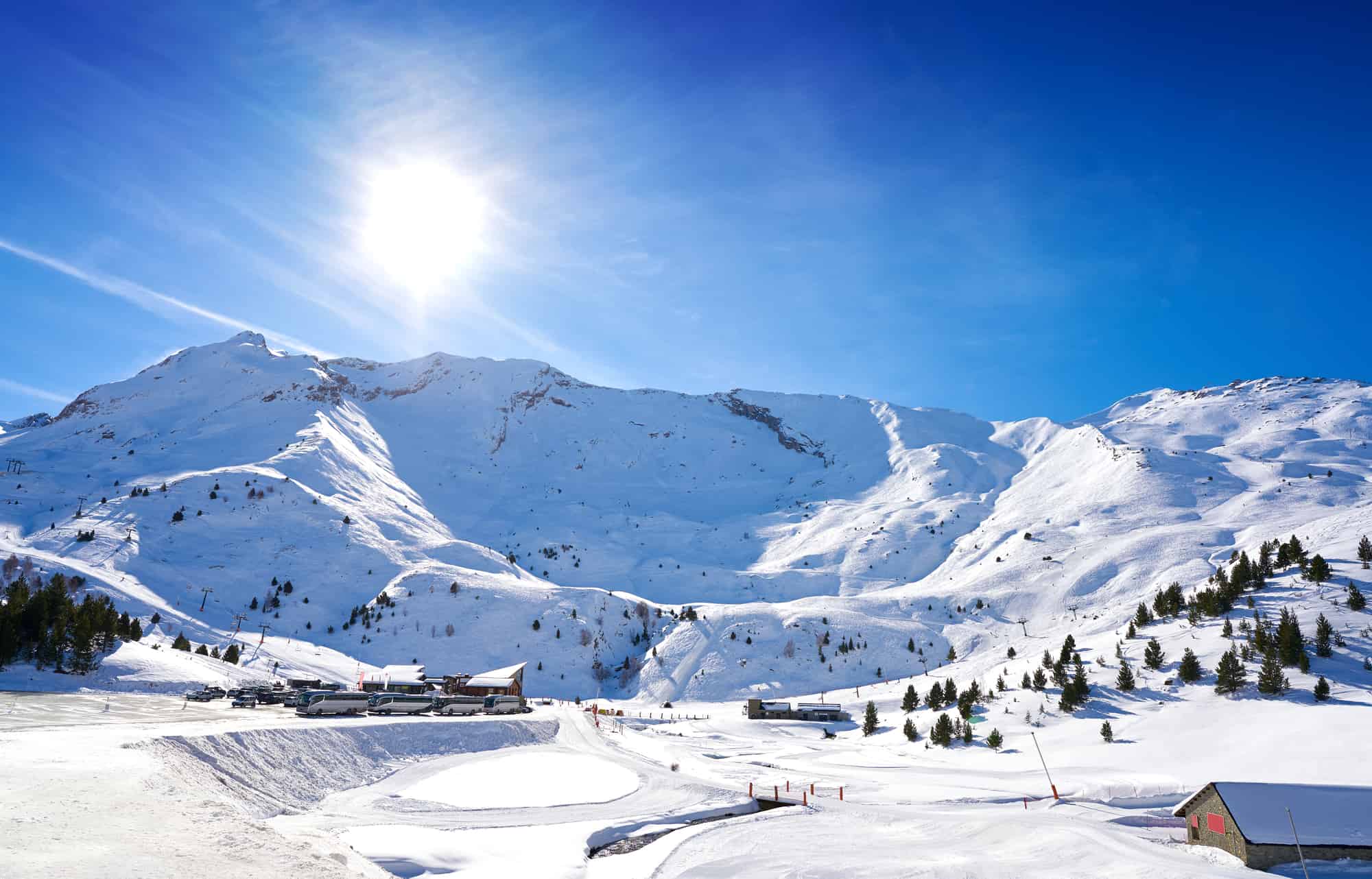
If you are interested in skiing, snowboarding, or other winter sports, there is snow in Spain. Spain has some of the best ski resorts in Europe, including Baqueira Beret in the Spanish Pyrenees, Sierra Nevada in Andalucia, and La Molina/Masella in the Catalan Pyrenees.
However, even if you’re not into winter sports, there are still plenty of other outdoor activities to enjoy in winter. With the mild days, you can escape into nature without worrying about excessively hot temperatures sapping your strength.
Must-Visit Spanish Cities in Winter
While the coast tends to attract visitors in summer, some magical Spanish cities must be visited in winter. Although some coastal cities are beautiful in winter, many cities are overlooked in summer due to their scorching temperatures, crowds, or other reasons.
If you’re interested in a city break in winter, there are several Spanish cities that have plenty to offer.
Madrid in Winter
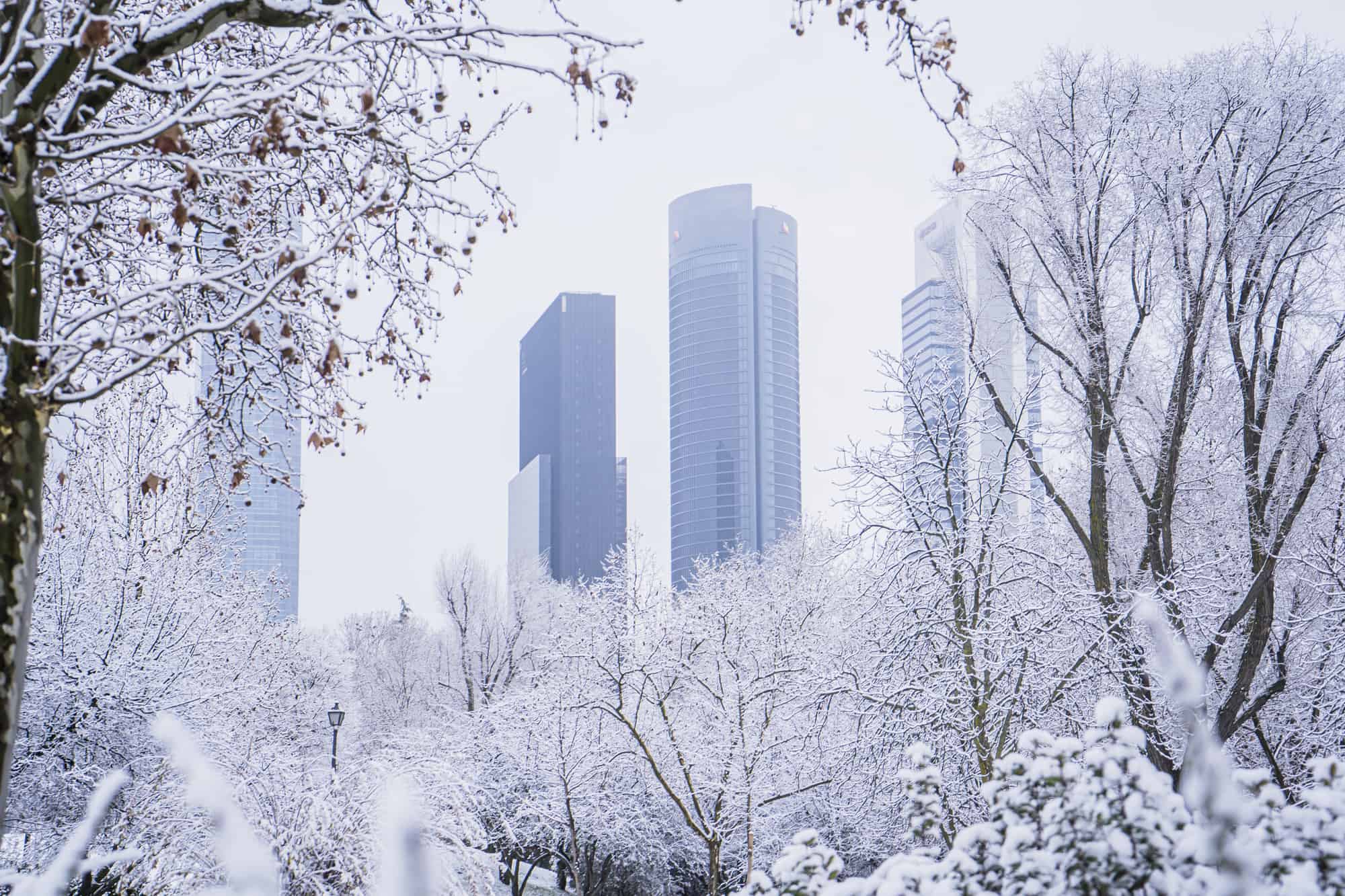
Madrid is the capital city of Spain, but while it can be hot and humid in summer, Madrid is stunning in winter. The city goes all out with Christmas lights; almost every street is illuminated to highlight the festivities.
The annual switch-on is typically around December 1, and the lights will be on until after the Three Kings. Winter markets can also showcase local businesses, produce, and seasonal items.
The best flamenco shows in Madrid also typically happen around Christmas and New Year’s. However, if you’re visiting Madrid in late winter, you’ll find February is the start of the cultural season. There are exhibitions, concerts, and performances across the city. From watching the ballet to taking a cooking class in Madrid, the city is packed with activities.
The temperatures can be a little chilly, but if you want to retreat from the cold, be sure to visit the Royal Palace. This is the official home of the Spanish Royal Family, with 3,418 rooms displaying art and decorations, particularly at Christmas, when it is breathtaking.
Barcelona in Winter
There is plenty to see and do in Barcelona in winter. The Catalonian capital city has a number of spectacular cathedrals and other architectural marvels, including delightful alleyways throughout the Gothic quarter. You can also explore the colorful landscapes and club scenes.
In winter, the summer crowds have moved on, so you can enjoy the mildly pleasant weather exploring the city. You can expect temperatures of approximately 53ºF (12ºC) during the day, with lows of approximately 41ºF (5ºC) in the evenings. This makes it an ideal winter holiday destination.
Barcelona has something for everyone and is home to some of the most well-known attractions. If you’re struggling for time, you can take a highlight tour to see the main attractions in just one day. Just be sure to visit Casa Mila to see Gaudi’s world-famous works before you leave the city.
The La Pedrera structure dates back to 1912 and has an outstanding rooftop that is stunning during the day or at night. So, if you only have time to visit Barcelona or Madrid, you’ll have a tough decision to make.
Seville in Winter
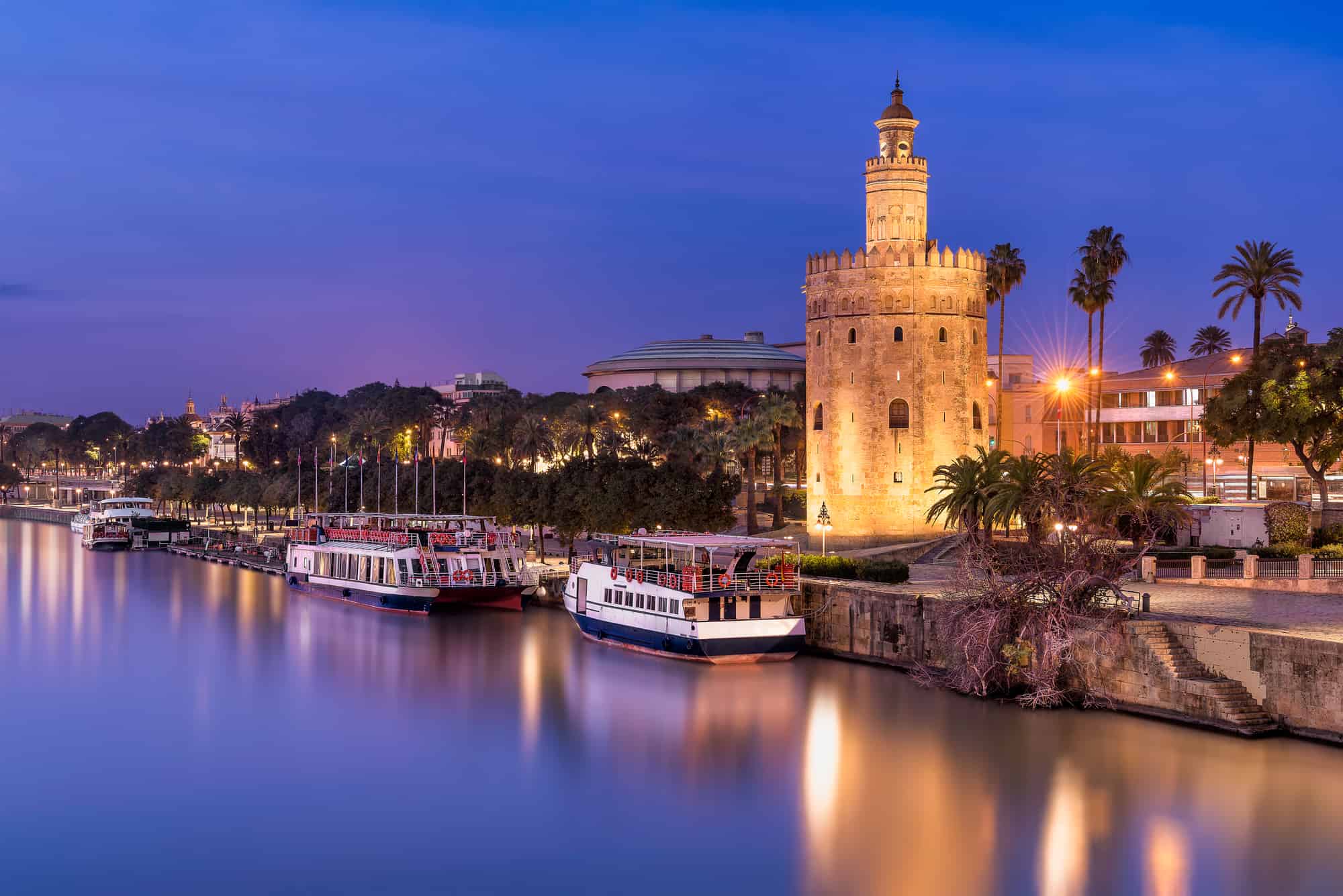
If you want to avoid the cold weather, you may appreciate the milder winter climate of Seville in Winter. Seville attracts massive crowds, particularly in spring and fall when the temperatures are not oppressively hot. However, winter tends to be quieter, so you can explore the city without massive crowds of people.
One of the must-see attractions in Seville is the Royal Alcazar, with its stunning palace and gardens. You can wander the Courtyard of the Maidens to admire the lace-like arches and discover the tapestries in the Hall of Tapestries. The gardens have lots of greenery that still looks bold and beautiful in winter. If you’re a Game of Thrones fan, be sure to snap a few pictures as you’ll recognize the Water Gardens of Dorne set inside the gardens.
If you’re struggling to decide how many days in Seville you can manage, bear in mind that some great tours pack many of the popular attractions into one day. For example, the Small-Group Walking Tour of Monumental Seville includes the Seville Cathedral, the Plaza de Espana, and the Plaza de San Francisco.
Granada in Winter
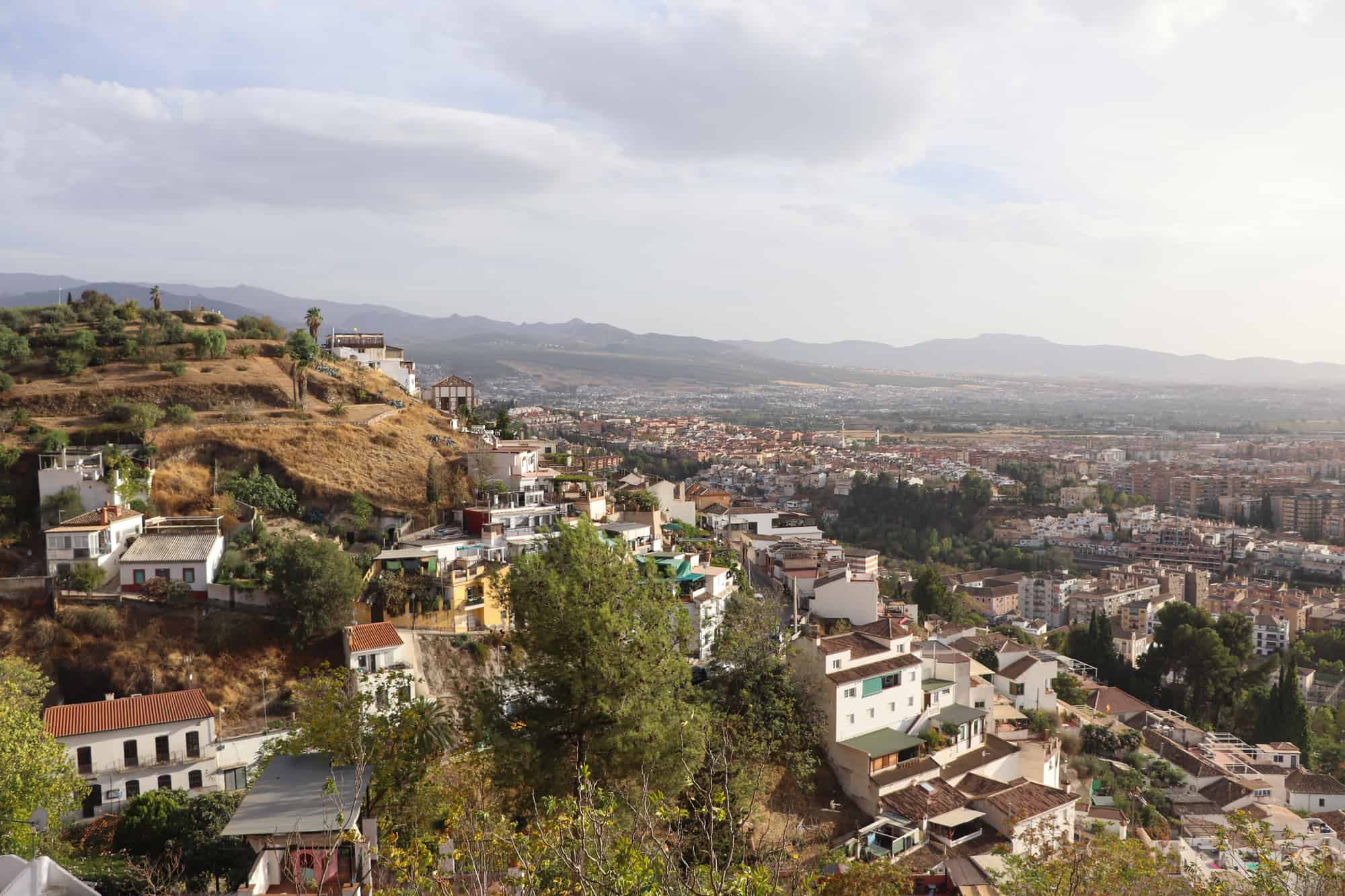
Granada is the fourth largest city in Andalucia, but it is particularly stunning in winter. Nestled below the Sierra Nevada mountains, Granada has a unique blend of cultures. The Sierra Nevada is one of the best mountain ranges in Spain for winter sports, and you can expect great powder throughout winter.
The winter Granada weather tends to be colder than other Andalusian cities, but the cooler temperatures add a special magic to the cobbled streets. The historic city center is lit with Christmas lights throughout December, and the bars and restaurants are welcoming if you want to warm up with churros and chocolate.
If you’re up for a bit of a climb, you can visit the San Nicholas viewpoint that overlooks the Alhambra. This is particularly stunning during the Golden Hour, and you can get a guided tour with a local expert to explain the local history and help you find the perfect spot to snap the scenery.
Valencia in Winter
Visiting Valencia is particularly appealing in winter. This city receives over two million visitors annually, so a winter break is a great way to beat the crowds. The winter weather is relatively mild, with average temperatures of 62ºF (17ºC) during the day, making walking around the city pleasant.
There is something for everyone, from the museums and cathedral to the bull ring and central market. The city has a unique blend of modern and historical attractions that you can explore.
Since Valencia is pedestrian-friendly, you can take advantage of the cooler temperatures to walk around or take a tuk-tuk tour. Alternatively, Valencia has an excellent public transportation system, or you could hire a bike, making it easy to explore even if you’re not staying in a central hotel.
Spain’s Winter Cuisine
Foodies will also get a kick out of visiting Spain in winter. Spain’s winter cuisine has culinary delights that make the most of seasonal produce and winter-warming recipes.
No visit to Spain in winter would be complete without trying churros with hot chocolate. This is a staple on cafe menus throughout the country, but each region has its own variation and spin on the recipe. You can also find stalls offering roast chestnuts, which provide a delicious snack while exploring the city.
Of course, since the weather is cooler throughout Spain in winter, the menus in cafes and restaurants are filled with hearty, warming traditional stews and dishes. For example, cocido Madrileño is a traditional stew in Madrid made with chickpeas and variations with meat or different vegetables. In Asturias, there is fabada asturiana, which is a pork and bean stew, or caldo gallego in Galicia, which is a warming broth made with turnip greens and chorizo.
For those with a sweet tooth, several desserts and sweets are only available in winter as an important part of Spain’s food culture. Turron is a traditional Christmas sweet made with chocolate, marzipan, and candied fruit, and at Three Kings, the Rosca de Reyes is a traditional cake served after the parade.
Winter Shopping and Crafts in Spain
Your winter break can also provide an excellent opportunity to find some unique souvenirs from Spain. Spain has some traditional artisan crafts you can discover in boutique stores or local Christmas markets.
Although you can find crafts throughout Spain, each region has its own traditions. For example, Castile La Mancha is famous for its decorative pottery, while Galician ceramics have unique floral designs. In Asturias, black is a dominant color in its local crafts.
Toledo’s damascening is intricate and beautiful if you are interested in unusual craft items. These items have inlays of silver and gold to form designs and figures. Embroidery and lace are also typical in Galicia, Castile & Leon, and Cadiz in Andalucia. You can find some lovely woven fabrics that can make a great gift or a lovely souvenir for your home. If you’re near La Granja de San Ildefonso in Castile & Leon, you can watch glass being blown with ancient techniques and take an item home as a souvenir.
Regardless of your preferences, you can simply wander the streets to find little shops offering handmade items or check out craft fairs and Christmas markets that will take place during your visit.
Winter Travel Essentials for Spain

While you may be familiar with the beachwear and sunblock needed in summer, you will need to plan a little more carefully if you’re planning to visit Spain in winter.
Firstly, you need to be aware that December in Spain will be cooler, regardless of where you’re visiting. However, there are still some mild, sunny days. So, packing layers is crucial. It is a good idea to have several layers that you can shed or put on as the weather changes from early morning to late evening.
Since you may find it more comfortable to walk around, it is also a good idea to pack comfortable, water-resistant footwear. If you get caught in the occasional shower, you must still have sufficient grip to walk the trails without your feet and socks getting wet.
Of course, if you’re staying in a warmer area, you may still have the opportunity for beach or pool days, so pack accordingly.
Conclusion: Winter is the Best Time to Experience Spain
If you’re not a fan of crowds and blazing hot days, winter is the best time to experience Spain. With milder weather, the potential for winter sports, and some fantastic cultural events, you can gain an authentic insight into Spain.
Visiting Spain in winter can allow you to immerse yourself in the culture, enjoy some of the local delicacies, and visit the tourist hotspots without fighting your way through the masses of other tourists. Whether you are interested in exploring Spanish history, getting out into nature, or hitting the slopes, Spain has something to offer everyone.

